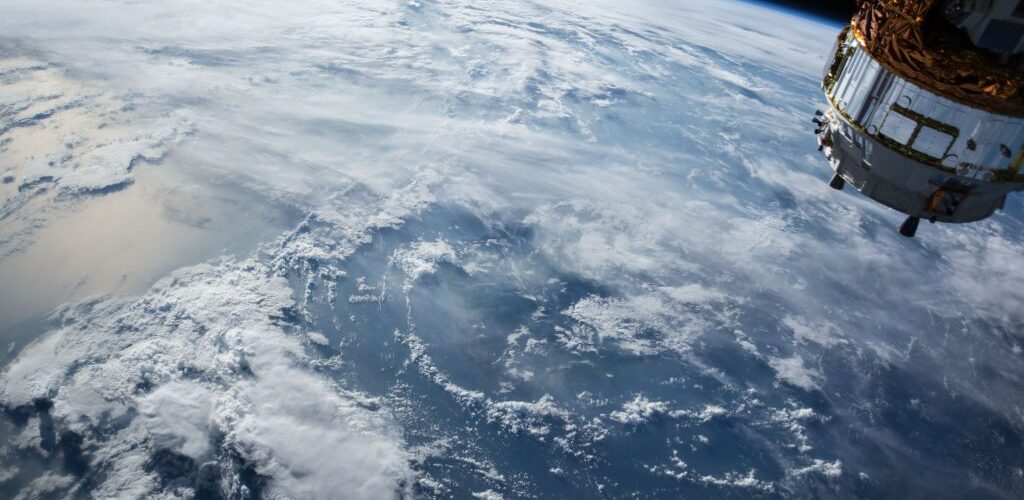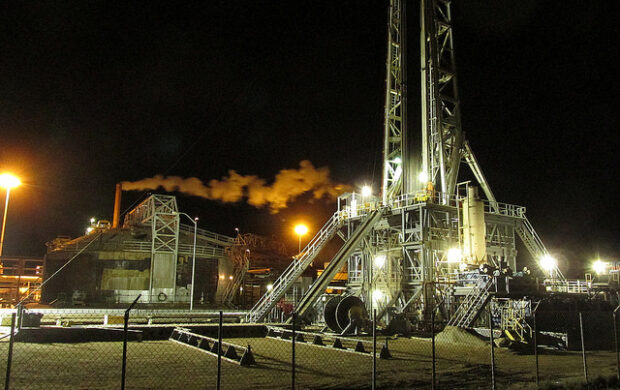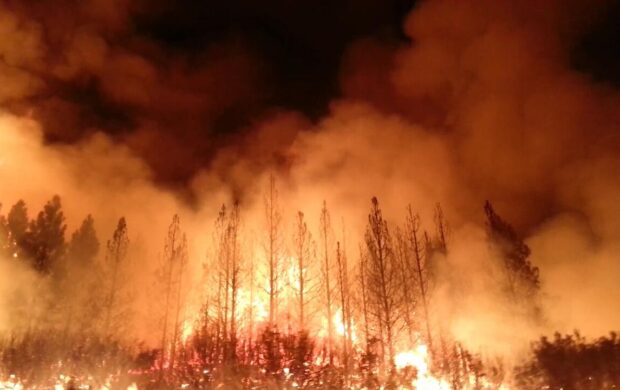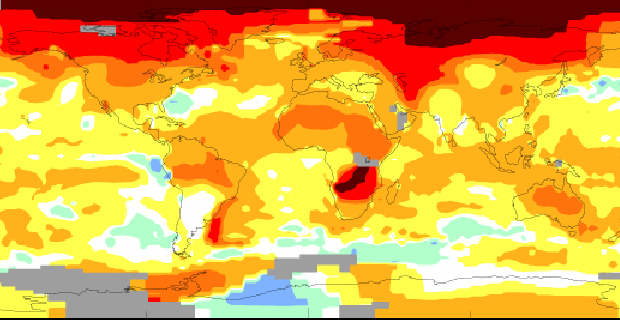According to NASA, the ozone hole above Antarctica shrank to its smallest size since 1988. The small size of the ozone hole in 2017 was caused by warmer temperatures in the stratosphere, which minimise cloud formation. In the presence of clouds, chlorine and bromine-catalysed reactions that deplete the ozone become more significant. A decrease in cloud formation therefore leads to a decrease in ozone depletion.











